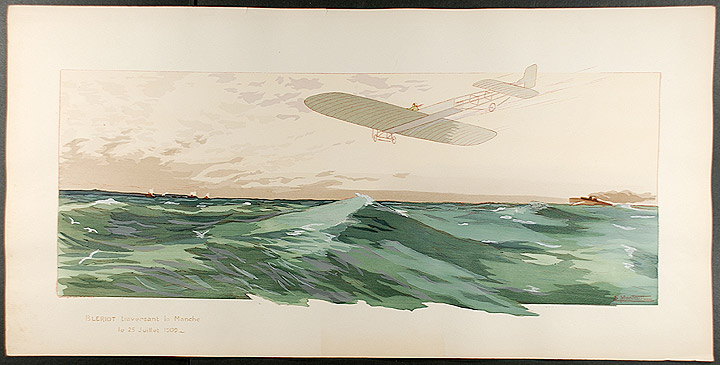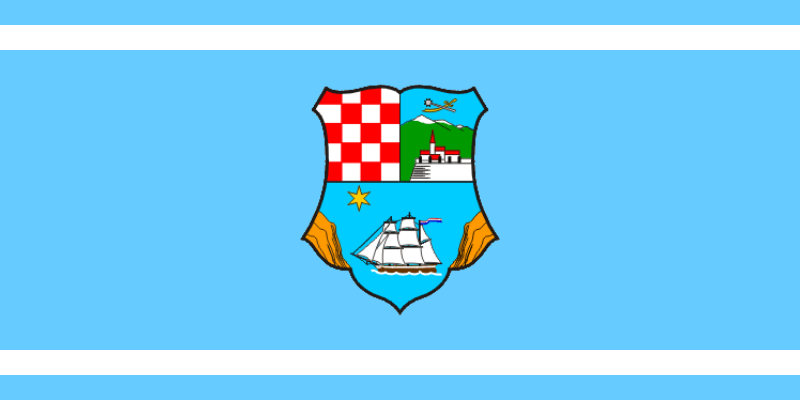|
Adrienne Von Pötting
Countess Adrienne Gräfin von Pötting (1856–1909) was an Austrian painter. Biography Pötting was born in Chrudim, Bohemia in 1856 to Count Norbert von Pötting and Countess Cajetana Chorinsky von Ledske from Prague. She had one brother, Norbert, who became a public prosecutor, and an older sister, Hedwig, who was the secretary to Bertha von Suttner. She studied under Karl von Blaas and Hans Canon in Vienna. She exhibited her work in the rotunda of The Woman's Building at the 1893 World's Columbian Exposition The World's Columbian Exposition, also known as the Chicago World's Fair, was a world's fair held in Chicago from May 5 to October 31, 1893, to celebrate the 400th anniversary of Christopher Columbus's arrival in the New World in 1492. The ... in Chicago, Illinois. Pötting died in Abbazia in 1909. Gallery Adrienne von Pötting Federvieh und Schweine.jpg, ''Federvieh und Schweine'' Adrienne von Pötting - Von Der Jahrestag, 1891.jpg, ''Von Der Jahrestag'' ... [...More Info...] [...Related Items...] OR: [Wikipedia] [Google] [Baidu] |
Chrudim
Chrudim () is a town in the Pardubice Region of the Czech Republic. It has about 24,000 inhabitants. It is the second largest town of the region. The historic town centre is well preserved and is protected as an Cultural monument (Czech Republic)#Monument zones, urban monument zone. Administrative division Chrudim consists of eight municipal parts (in brackets population according to the 2021 census): *Chrudim I (693) *Chrudim II (5,200) *Chrudim III (6,571) *Chrudim IV (9,304) *Medlešice (601) *Topol (222) *Vestec (110) *Vlčnov (172) Etymology The name was derived from the personal name Chrudim, meaning "Chrudim's (castle)". Geography Chrudim is located about south of Pardubice. It lies mostly in the Svitavy Uplands. The highest point is the hill Podhůra at above sea level. This hill is situated in the southern tip of the municipal territory, which extends into the Iron Mountains (Czech Republic), Iron Mountains and the eponymous protected landscape area. The Chrudimka Ri ... [...More Info...] [...Related Items...] OR: [Wikipedia] [Google] [Baidu] |
List Of Women Artists Exhibited At The 1893 World's Columbian Exposition
Women artists competing for awards at the 1893 World's Columbian Exposition submitted their work to juries at appropriate buildings. Women artists were represented in the Museum of Science and Industry (Chicago), Palace of Fine Arts, along with their fellow countrymen. Women exhibited painting and sculpture throughout the Fair. The Woman's Building (Chicago), The Woman's Building did not have a juried exhibition, but lobbied to have artists of the day submit their work for the "Court of Honor". Women also contributed to the decoration and statuary throughout the Woman's Building. Women artists in the Palace of Fine Arts List of Women artist exhibiting at the Palace of Fine Arts, by country. Austria Belgium Canada Denmark France Germany Great Britain Holland Italy * Maria Martinetti – painting * Cora Slocomb di Brazza/Brazza Cooperative Lace Schools – lacemaking Norway Russia ;D * Maria Lvovna Dillon – sculpture ;K *Sophia Ivanovna Kramskay ... [...More Info...] [...Related Items...] OR: [Wikipedia] [Google] [Baidu] |
People From Chrudim
The term "the people" refers to the public or common mass of people of a polity. As such it is a concept of human rights law, international law as well as constitutional law, particularly used for claims of popular sovereignty. In contrast, a people is any plurality of persons considered as a whole. Used in politics and law, the term "a people" refers to the collective or community of an ethnic group or nation. Concepts Legal Chapter One, Article One of the Charter of the United Nations states that "peoples" have the right to self-determination. Though the mere status as peoples and the right to self-determination, as for example in the case of Indigenous peoples (''peoples'', as in all groups of indigenous people, not merely all indigenous persons as in ''indigenous people''), does not automatically provide for independent sovereignty and therefore secession. Indeed, judge Ivor Jennings identified the inherent problems in the right of "peoples" to self-determination, as i ... [...More Info...] [...Related Items...] OR: [Wikipedia] [Google] [Baidu] |
19th-century Austrian Painters
The 19th century began on 1 January 1801 (represented by the Roman numerals MDCCCI), and ended on 31 December 1900 (MCM). It was the 9th century of the 2nd millennium. It was characterized by vast social upheaval. Slavery was Abolitionism, abolished in much of Europe and the Americas. The First Industrial Revolution, though it began in the late 18th century, expanded beyond its British homeland for the first time during the 19th century, particularly remaking the economies and societies of the Low Countries, France, the Rhineland, Northern Italy, and the Northeastern United States. A few decades later, the Second Industrial Revolution led to ever more massive urbanization and much higher levels of productivity, profit, and prosperity, a pattern that continued into the 20th century. The Catholic Church, in response to the growing influence and power of modernism, secularism and materialism, formed the First Vatican Council in the late 19th century to deal with such problems an ... [...More Info...] [...Related Items...] OR: [Wikipedia] [Google] [Baidu] |
1909 Deaths
Events January–February * January 4 – Explorer Aeneas Mackintosh of the Imperial Trans-Antarctic Expedition escapes death by fleeing across drift ice, ice floes. * January 7 – Colombia recognizes the independence of Panama. * January 9 – The British Nimrod Expedition, ''Nimrod'' Expedition to the South Pole, led by Ernest Shackleton, arrives at the Farthest South, farthest south reached by any prior expedition, at 88°23' S, prior to turning back due to diminishing supplies. * January 11 – The International Joint Commission on US-Canada boundary waters is established. * January 16 – Members of the ''Nimrod'' Expedition claim to have found the magnetic South Pole (but the location recorded may be incorrect). * January 24 – The White Star Liner RMS Republic (1903), RMS ''Republic'' sinks the day after a collision with ''SS Florida'' off Nantucket. Almost all of the 1,500 passengers are rescued. * January 28 – The last United States t ... [...More Info...] [...Related Items...] OR: [Wikipedia] [Google] [Baidu] |
1856 Births
Events January–March * January 8 – Borax deposits are discovered in large quantities by John Veatch in California. * January 23 – The American sidewheel steamer SS ''Pacific'' leaves Liverpool (England) for a transatlantic voyage on which she will be lost with all 186 on board. * January 24 – U.S. President Franklin Pierce declares the new Free-State Topeka government in " Bleeding Kansas" to be in rebellion. * January 26 – First Battle of Seattle: Marines from the suppress an indigenous uprising, in response to Governor Stevens' declaration of a "war of extermination" on Native communities. * January 29 ** The 223-mile North Carolina Railroad is completed from Goldsboro through Raleigh and Salisbury to Charlotte. ** Queen Victoria institutes the Victoria Cross as a British military decoration. * February ** The Tintic War breaks out in Utah. ** The National Dress Reform Association is founded in the United States to promote "r ... [...More Info...] [...Related Items...] OR: [Wikipedia] [Google] [Baidu] |
Abbazia
Opatija (; ; ) is a List of cities and towns in Croatia, town and a municipality in Primorje-Gorski Kotar County in northwestern Croatia. The traditional seaside resort on the Kvarner Gulf is known for its Mediterranean climate and its historic buildings reminiscent of the Austrian Riviera. Geography Opatija is located northwest of the regional capital Rijeka, about from Trieste by rail and from Pula, Croatia, Pula by road. The city is geographically on the Istrian peninsula, though not in Istria County. The tourist resort is situated on the Kvarner Gulf, part of the Adriatic Sea, Adriatic coast, in a sheltered position at the foot of Učka massif, with the ''Vojak'' peak reaching at a height of . census, the municipality had 10,661 inhabitants in total, of which 5,715 lived in the urban settlement. The town is a popular summer and winter resort, with average high temperatures of 10 °C in winter, and 32 °C in summer. Opatija is surrounded by woods of bay laurel. T ... [...More Info...] [...Related Items...] OR: [Wikipedia] [Google] [Baidu] |





